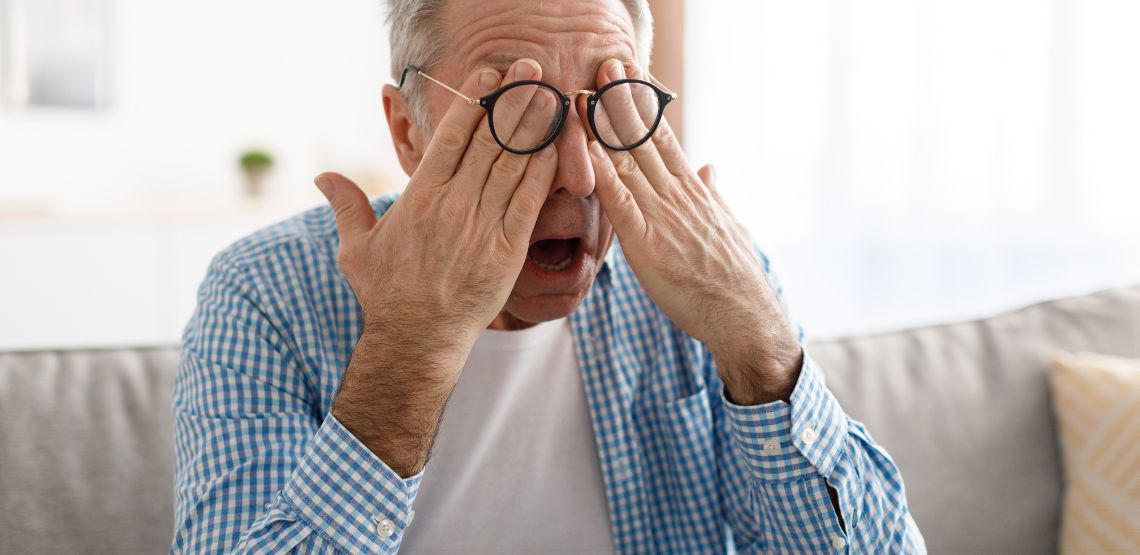Treatments for Age-Related Macular Degeneration
Wet macular degeneration is an eye condition that affects the retina, leading to blurred or lost vision. Thankfully, there are treatments like Eylea, a drug used to treat wet age-related macular degeneration (AMD).
1. Eylea
Eylea is injected directly into the eye and is designed to block the VEGF protein effectively. Most patients receive injections every few weeks, but over time, the frequency may be reduced based on their response to treatment. Many people experience improved vision or at least stability, meaning their condition does not worsen. Eylea has helped many patients with wet macular degeneration, and it continues to be widely recommended.
2. Anti-VEGF Injections
Anti-VEGF (vascular endothelial growth factor) injections are one of the most common treatments for wet macular degeneration. These injections work by blocking the protein that causes abnormal blood vessels to grow and leak under the retina. Reducing this protein can help prevent further damage to your vision.
3. Photodynamic Therapy (PDT)
Photodynamic therapy is another treatment option, although it is used less frequently than anti-VEGF injections. PDT uses a special light-activated drug that’s injected into your arm. Once the drug reaches the eye, a laser is used to activate it, helping to close abnormal blood vessels and stop them from leaking. PDT might be recommended for patients who cannot receive injections or when other treatments are not enough.
4. Laser Therapy
Laser therapy can also be used to treat wet macular degeneration. This treatment uses a strong light beam to seal off abnormal blood vessels. Laser therapy is usually less common today, as it can lead to scarring and damage to the retina. However, in some cases, it may still be beneficial for certain patients.
5. Newer Medications
The field of wet macular degeneration treatment is always advancing. Researchers are developing new medications that may offer better outcomes with fewer side effects. Some of these medications are still in clinical trials but show promise in improving or preserving vision.
6. Lifestyle Adjustments
While not a medical treatment, lifestyle changes can play a big role in managing wet macular degeneration. Eating a diet rich in leafy greens, fish and foods high in antioxidants can support eye health. Avoiding smoking and managing conditions like high blood pressure may also help slow the progression of the disease.
Signs of Wet Age-Related Macular Degeneration
If you have wet age-related macular degeneration or are at risk, it’s important to know the signs so you can get treatment early. Here are common signs:
- Blurry central vision: You might notice that objects in the center of your vision start to blur.
- Straight lines appear wavy: This effect is called "metamorphopsia," and it’s often one of the first symptoms noticed.
- Dark or empty spots: You may see dark spots or missing areas in the center of your vision.
- Difficulty with colors: Some people find that colors look dull or washed out.
Clearer Vision Ahead
Wet age-related macular degeneration can be challenging, but treatments like Eylea injections, photodynamic therapy and laser therapy provide options to manage the condition. With regular check-ups and early treatment, many people with wet macular degeneration can maintain better vision for longer.
